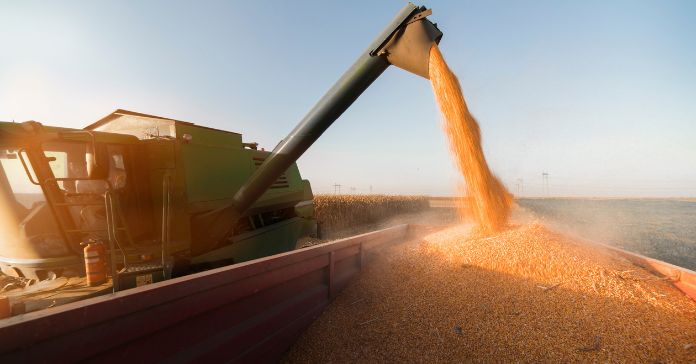
Operating a farm is a lot of work, as you must do various tasks from early morning to late in the day. And no farmer wants to feel like a failure due to all the work. Fortunately, there are some tips to increase crop yields so that you have plenty to sell. Here are four farming basics to increase crop yields.
Use Agricultural Management Software
Knowing your land is one of the essentials to increase crop yields. So use crop monitoring software to keep watch over your fields. This uses satellite technology to provide an accurate overview of each acre to identify areas of low productivity. From there, you can surveil each plot to improve areas of low productivity and maintain those with high productivity. Agricultural management software also provides solutions for vegetation indexing, weather prediction, irrigation management, and disease prevention.
Improve Your Machinery
Farming machinery helps with most of the workload, so it makes sense to perform preventative maintenance and upkeep often. Preventative maintenance means checking up on your heavy machinery before issues arise. While it may sound like extra work, doing it reduces the chance of issues developing later on. Inspect your tractors, seeders, combines, and other machines to ensure no engine repairs, oil changes, or fluids need fixing. Doing so saves more time and money later and helps increase crop yields since everything works properly.
Prepare Your Fields
Getting ready for a harvest is another one of the four farming basics to increase crop yields. For example, preparing for a grain harvest has its specific set of responsibilities to ensure your grains thrive in their fields. This involves cleaning grain bins, using insecticides to protect crops, checking moisture levels, and diagnosing problems when they occur. Insecticides and pesticides protect your crops from unwanted pests. Moisture control reduces mold and bacteria growth on your crops. Preparing for a successful harvest will improve crop yields regardless of what you grow—fruits, vegetables, and grains all require thorough preparation to ensure a successful harvest.
Immediately Identify and Resolve Problems
Lastly, be sure to identify and resolve problems as soon as possible. If you notice mold, pests, or disease among your crops, you must resolve those issues before they spread to healthy crops. Additionally, weed early and often. As invasive plants, weeds ruin soil quality for your crops. They feed off soil nutrients, such as nitrogen, which your crops require for healthy development. After weeding, it may help to use fertilizers so that your crops receive a proper ratio of nutrients to continue growing.







